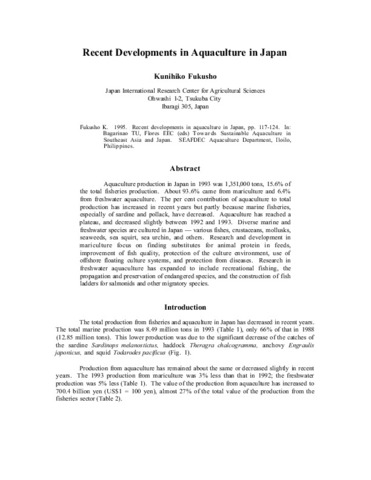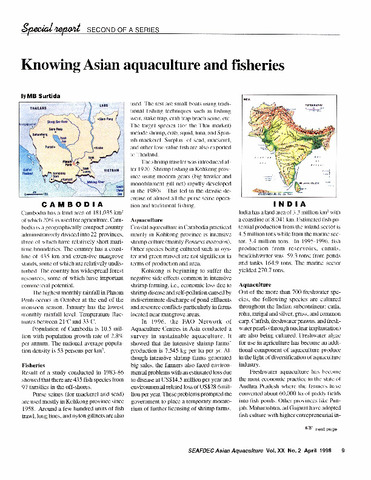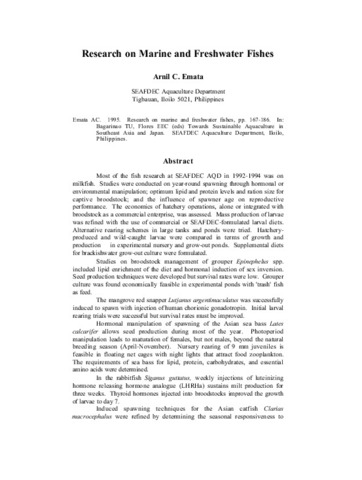Effect of aquaculture on world fish supplies
- Global styles
- MLA
- Vancouver
- Elsevier - Harvard
- APA
- Help

Download URL
www.earthedintl.orgDate
2000Author
Page views
9,077ASFA keyword
AGROVOC keyword
Metadata
Show full item record
Share
Abstract
Global production of farmed fish and shellfish has more than doubled in the past 15 years. Many people believe that such growth relieves pressure on ocean fisheries, but the opposite is true for some types of aquaculture. Farming carnivorous species requires large inputs of wild fish for feed. Some aquaculture systems also reduce wild fish supplies through habitat modification, wild seedstock collection and other ecological impacts. On balance, global aquaculture production still adds to world fish supplies; however, if the growing aquaculture industry is to sustain its contribution to world fish supplies, it must reduce wild fish inputs in feed and adopt more ecologically sound management practices.
Suggested Citation
Naylor, R. L., Goldburg, R. J., Primavera, J., Kautsky, N., Beveridge, M. C. M., Clay, J., Folke, C., Lubchenco, J., Mooney, H., & Troell, M. (2000). Effect of aquaculture on world fish supplies. Nature , 405(6790), 1017-1024. https://doi.org/10.1038/35016500
DOI
10.1038/35016500Type
ArticleISSN
0028-0836; 1476-4687Collections
- Journal Articles [1258]
Related items
Showing items related by title, author, creator and subject.
-
Recent developments in aquaculture in Japan
Fukusho, K. (Aquaculture Department, Southeast Asian Fisheries Development Center, 1995)Aquaculture production in Japan in 1993 was 1,351,000 tons, 15.6% of the total fisheries production. About 93.6% came from mariculture and 6.4% from freshwater aquaculture. The per cent contribution of aquaculture to total ... -
Knowing Asian aquaculture and fisheries
Surtida, Marilyn B. (Aquaculture Department, Southeast Asian Fisheries Development Center, 1998-04)This article is the second of four parts. -
Research on marine and freshwater fishes
Emata, Arnil C. (Aquaculture Department, Southeast Asian Fisheries Development Center, 1995)Most of the fish research at SEAFDEC AQD in 1992-1994 was on milkfish. Studies were conducted on year-round spawning through hormonal or environmental manipulation; optimum lipid and protein levels and ration size for ...





